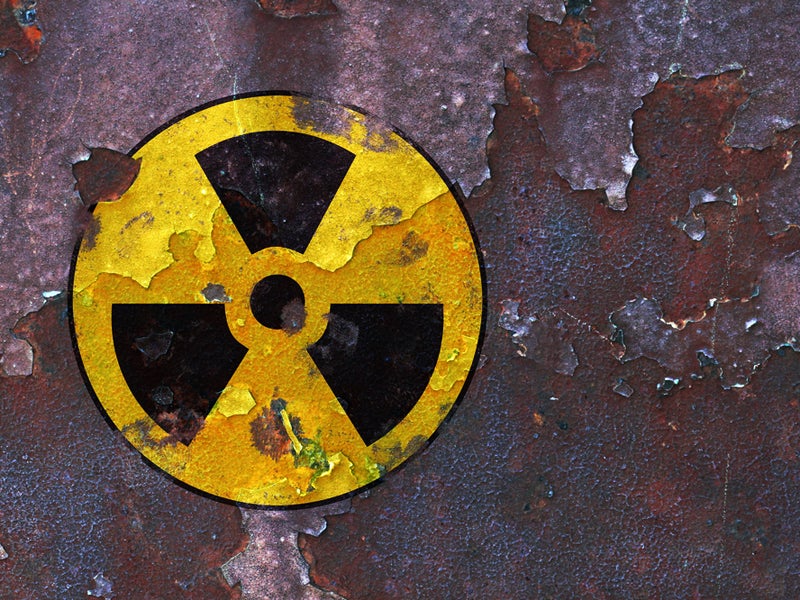The EPA’s Dismal Civil Rights Record Takes Center Stage
A new report and investigative series shows that the EPA's Office of Civil Rights hasn’t been doing its job.

This page was published 10 years ago. Find the latest on Earthjustice’s work.
NBC and Center for Public Integrity (CPI) just launched their hard-hitting multimedia web series on the EPA’s poor civil rights enforcement record. With data on the agency’s record and interviews with experts on this issue, the series gets to the core of what Earthjustice’s latest civil rights case is about—EPA’s dismal record investigating civil rights complaints.
Earthjustice recently filed a case in federal court against the EPA on behalf of five communities whose civil rights complaints have been ignored for years. Each of these communities filed complaints under Title VI of the Civil Rights Act of 1964, which puts states, cities and even private institutions on notice: If they, including the EPA, receive federal funds—money from taxpayers of all races—they can’t discriminate on the basis of race or ethnicity. The law requires every federal agency, including the EPA, to issue and enforce regulations that prohibit discrimination. If a recipient of the agency’s funding violates these regulations and refuses to change its practices, then the EPA can and should withhold further financial support.
It’s a basic accountability system: if you get federal funds, you can’t discriminate.
However, as CPI’s report shows, this system isn’t working. States and other agencies receive money from the EPA to safeguard the water, land and air in every community, but all too often communities of color don’t receive equal protection. The EPA failed to address numerous complaints brought by communities that are disproportionately exposed to environmental hazards because of regulatory decisions made by states and other agencies.
One community that Earthjustice is representing in our lawsuit against the EPA is in Chaves County, New Mexico. Chaves County residents are already subjected to a higher than average number of radioactive and hazardous waste facilities, and they are at risk of getting yet another one: the Triassic Park hazardous waste treatment, storage and disposal facility. The community’s complaint alleges that the state engaged in a pattern of discriminatory permitting for the facility, specifically through limited consideration of how the facility would impact Latino New Mexicans already suffering from worse air quality and higher rates of infant mortality, congenital abnormalities and hospitalization for respiratory illnesses than residents in other New Mexico counties. The complaint also alleges that the state also obstructed and excluded members of the public—particularly the Spanish-speaking public—from the permitting process by denying access to relevant documents, failing to provide information in Spanish, and harassing and intimidating the public.
In another case, the state approved a landfill site in Alabama’s Tallapoosa county that is right in the heart of a historically African-American community. In 2003, a community organization lodged a complaint with the EPA against Alabama for failing to require the county commission to use appropriate siting factors, which led to an unjustified discriminatory impact on the basis of race. However, the landfill was reopened and remains in operation. Community members have suffered from the adverse effects of the landfill, including the large amount of truck traffic to and from the site on narrow rural roads, putrid smells that on some days can waft up to three miles from the landfill, and vultures and other pests that are attracted to garbage.
The EPA accepted these two cases for investigation back in 2005 and was supposed to issue at least preliminary findings and recommendations within 180 days. Instead, community members are living side by side with landfills, hazardous waste facilities and other toxic sources while their complaints languish at the EPA. These are not the only cases that have gone unresolved for a decade or more, either—just look at CPI’s report.
The unreasonable delay in addressing civil rights complaints is symptomatic of a broader deficiency at the EPA. Environmental justice and civil rights considerations simply aren’t ingrained into the agency’s culture. Unfortunately, this lack of awareness and sensitivity has significant implications for the health and well-being of communities across the nation.
It’s long past time for the EPA to uphold its responsibility to enforce the Civil Rights Act of 1964 and to truly incorporate environmental justice concerns into its decision-making. Hopefully, Earthjustice’s lawsuit and the CPI and NBC series will serve as a wake-up call for the agency.
Established in 2008, Earthjustice’s Northeast Office, located in New York City, is at the forefront of issues at the intersection of energy, environmental health, and social justice.